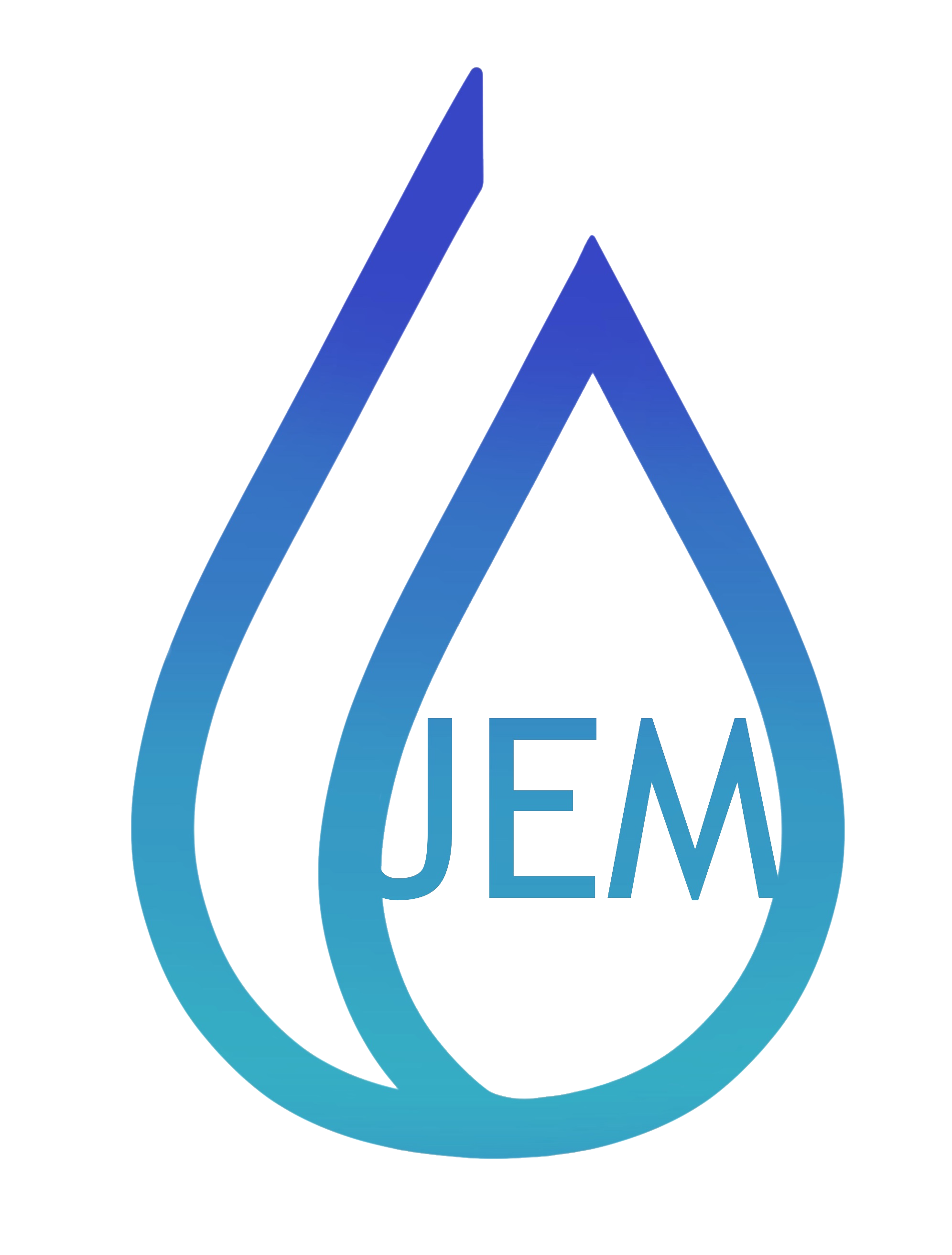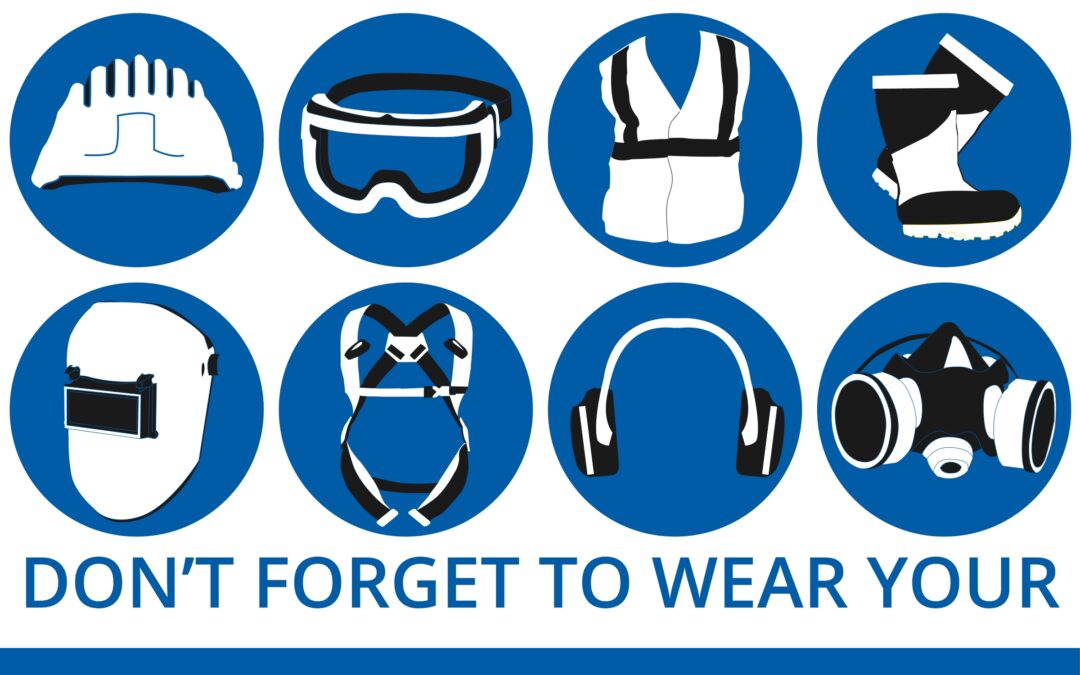Signs are essential visual cues that assist employees in recognizing hazards, reminding them to wear required safety gear, guiding them to follow procedures, and directing them to safety. Implementing clear and highly visible signs is one of the most effective methods for maintaining a safe work environment.
Discussion Points:
- Identifying Hazards and Risks.
- Types of Safety Signs.
- Safety Regulations.
- Communicating Safety Information.
Discussion:
Signs are essential for maintaining workplace safety. They convey information and instructions that can help prevent accidents and guide people to safety. These signs come in different forms, including hazard warning signs, action prohibition signs, emergency exit signs, and safety procedure signs, with each type serving a specific purpose to ensure the well-being of employees.
The Occupational Safety and Health Administration (OSHA) and the Department of Transportation (DOT) have specific requirements for safety signs. Adhering to OSHA and DOT safety regulations is essential for maintaining a safe work environment and preventing accidents and injuries. Displaying appropriate safety signs demonstrates a commitment to safety and compliance with regulatory requirements.
Hazard warning and action caution signs alert employees to dangers, such as slippery floors, high-voltage, or no smoking areas. They often include instructions indicating areas of risk, reminding workers to wear personal protective equipment, or indicating the location of safety equipment. The signs are usually designed with bright colors and bold lettering to capture attention and convey the message. By placing these signs strategically, employers can help employees recognize and avoid potential dangers, reducing the risk of accidents and injuries.
Emergency exit signs play a crucial role in workplace safety by guiding employees to safe exits during emergencies such as fires or natural disasters. These signs are usually positioned above doors and along escape routes, making it easy for employees to locate the nearest exit and evacuate the building quickly and safely. By following these signs, employees can minimize confusion and panic during emergencies, allowing for an effective and orderly evacuation.
Safety procedure signs are crucial for guiding employees on the appropriate protocols and procedures. These signs provide clear, step-by-step instructions for responding to various situations, including fire drills, first aid procedures, evacuation plans, hazardous materials handling, or other safety-related procedures. By familiarizing themselves with these signs and procedures, employees can react quickly and effectively in emergencies, reducing the risk of injury and ensuring their safety and that of their co-workers.
Safety signs and symbols are designed to be understood by individuals with different levels of education and language proficiency. Utilizing universally recognized symbols can effectively communicate important information to a diverse workforce.
Employers should regularly review and update safety signs to ensure they remain relevant and practical in guiding employees. By prioritizing workplace safety and investing in clear, visible signage, employers can foster a safety culture and protect employees’ well-being.
As always, stay safe out there!


Recent Comments